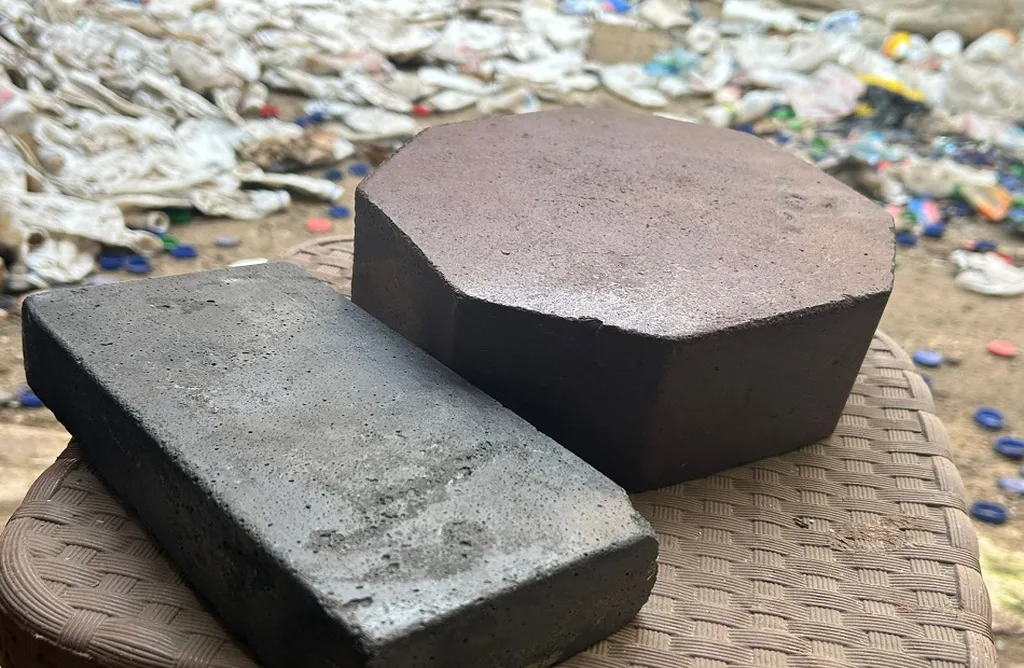In the heart of Cairo, a groundbreaking study is challenging the status quo of pavement engineering, offering a sustainable solution that could reshape the construction industry. Mohamed Hafez, a researcher from the Faculty of Engineering at Ain Shams University, has been delving into the potential of recycled concrete aggregate (RCA) in cement grouted bituminous mixtures (CGBM), and his findings could have significant commercial implications for the energy sector and beyond.
The scarcity of natural aggregates and the mounting volumes of construction and demolition waste (CDW) have long been sustainability concerns in pavement engineering. Hafez’s research, published in the Journal of Engineering Sciences (JES), seeks to address these issues by exploring the use of RCA in CGBM. “We’re not just looking at waste management; we’re talking about a paradigm shift in how we approach pavement construction,” Hafez explains.
CGBM is a unique composite material, combining an open-graded asphalt skeleton with a specially formulated cement grout. Hafez’s team conducted a series of laboratory experiments, replacing the coarse fraction of natural aggregates with different levels of RCA. The results were promising. “Mixtures containing RCA generally matched or exceeded the control, offering environmental and cost benefits,” Hafez reveals.
The performance tests conducted as part of the study, including Hamburg wheel tracking (HWTT), dynamic modulus (E*), and flow number (FN), all pointed to enhanced performance. The HWTT demonstrated improved rutting resistance, while the FN tests indicated increased stiffness and reduced permanent deformation. “The influence of RCA gradation was also evident,” Hafez notes, highlighting the nuanced nature of the findings.
The commercial implications of this research are substantial. By incorporating RCA into CGBM, construction companies could significantly reduce their reliance on natural aggregates, lowering costs and promoting sustainable practices. This is particularly relevant for the energy sector, where large-scale infrastructure projects often require vast quantities of aggregates.
Moreover, the study’s findings could pave the way for future developments in the field. As Hafez explains, “Our research supports the adoption of RCA in CGBM to conserve natural resources, lower costs, and promote sustainable pavement practices consistent with international trends.” This could lead to a shift in industry standards, with RCA becoming a mainstream component in pavement construction.
The study, published in the Journal of Engineering Sciences (translated to English as ‘Journal of Engineering Sciences’), is a testament to the power of innovative research in driving industry change. As the construction sector grapples with sustainability concerns, Hafez’s work offers a compelling solution, one that could reshape the future of pavement engineering.

